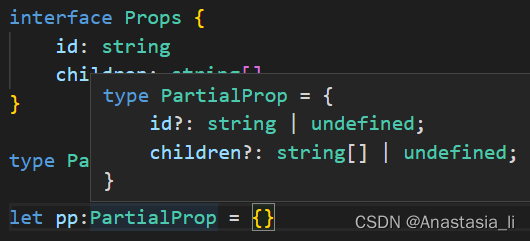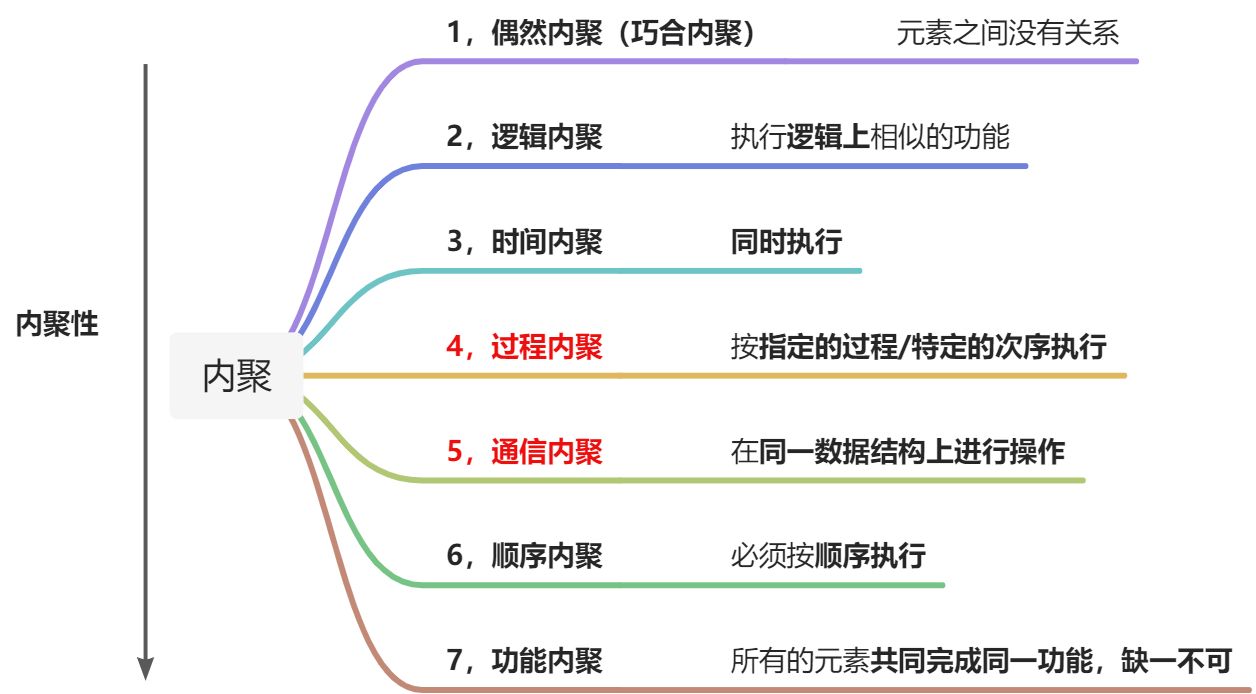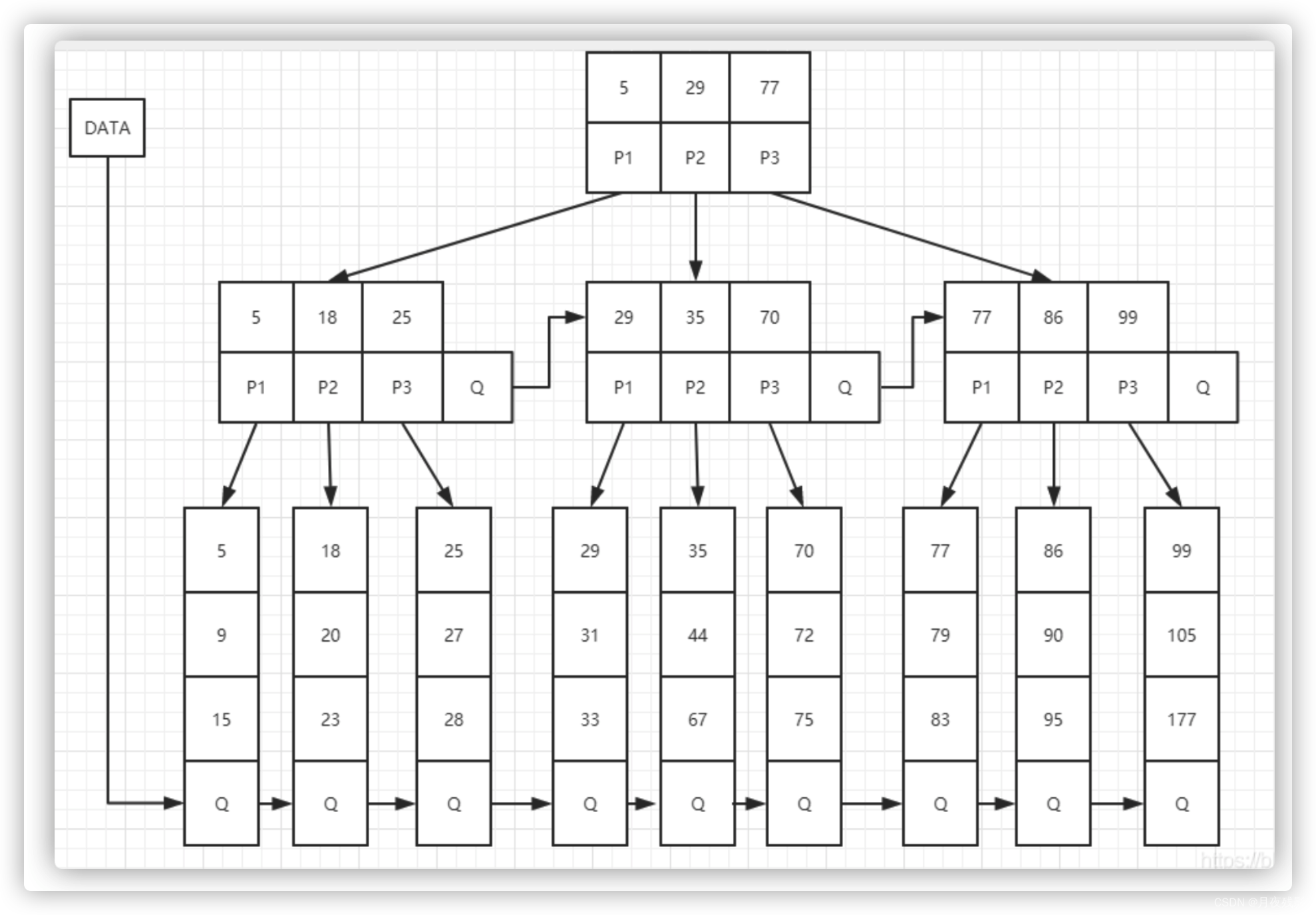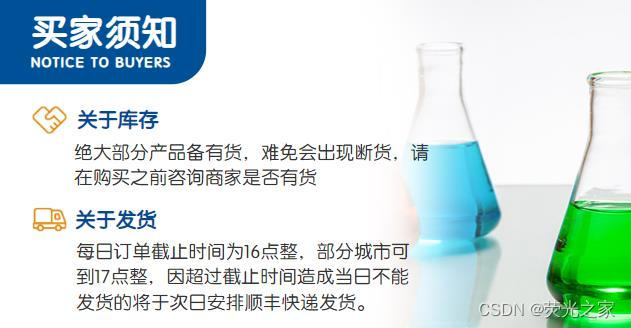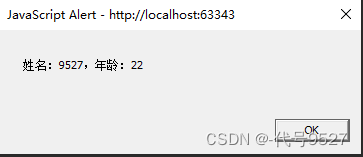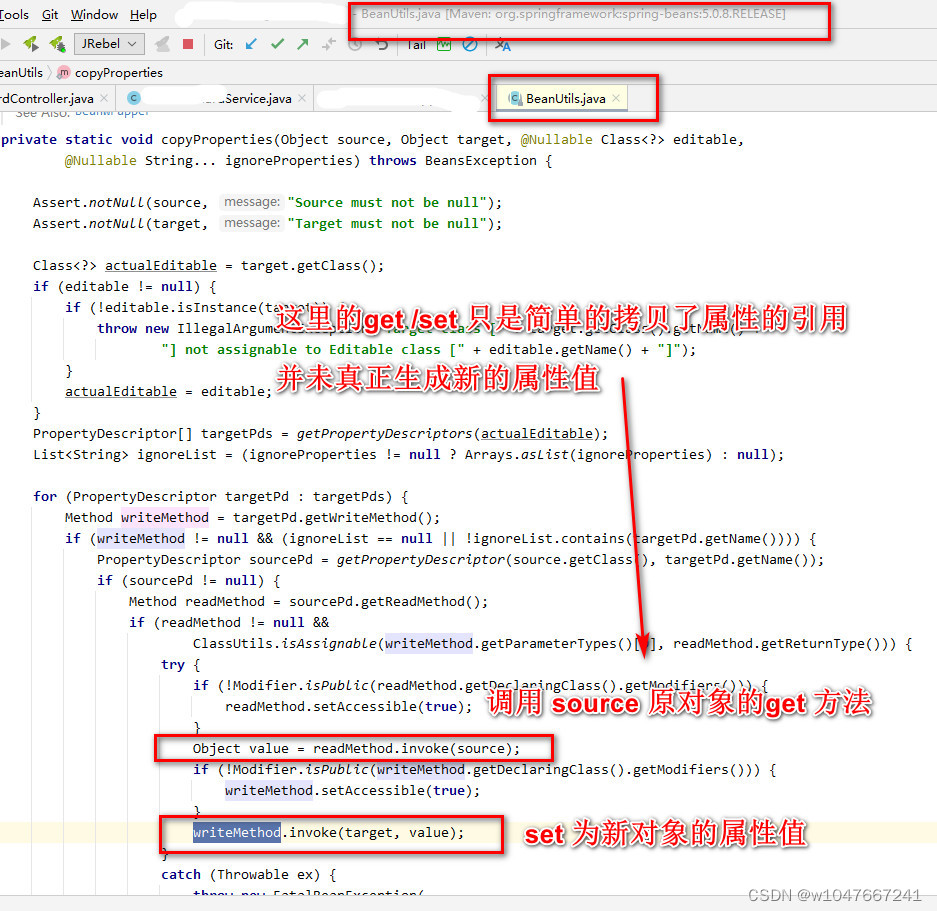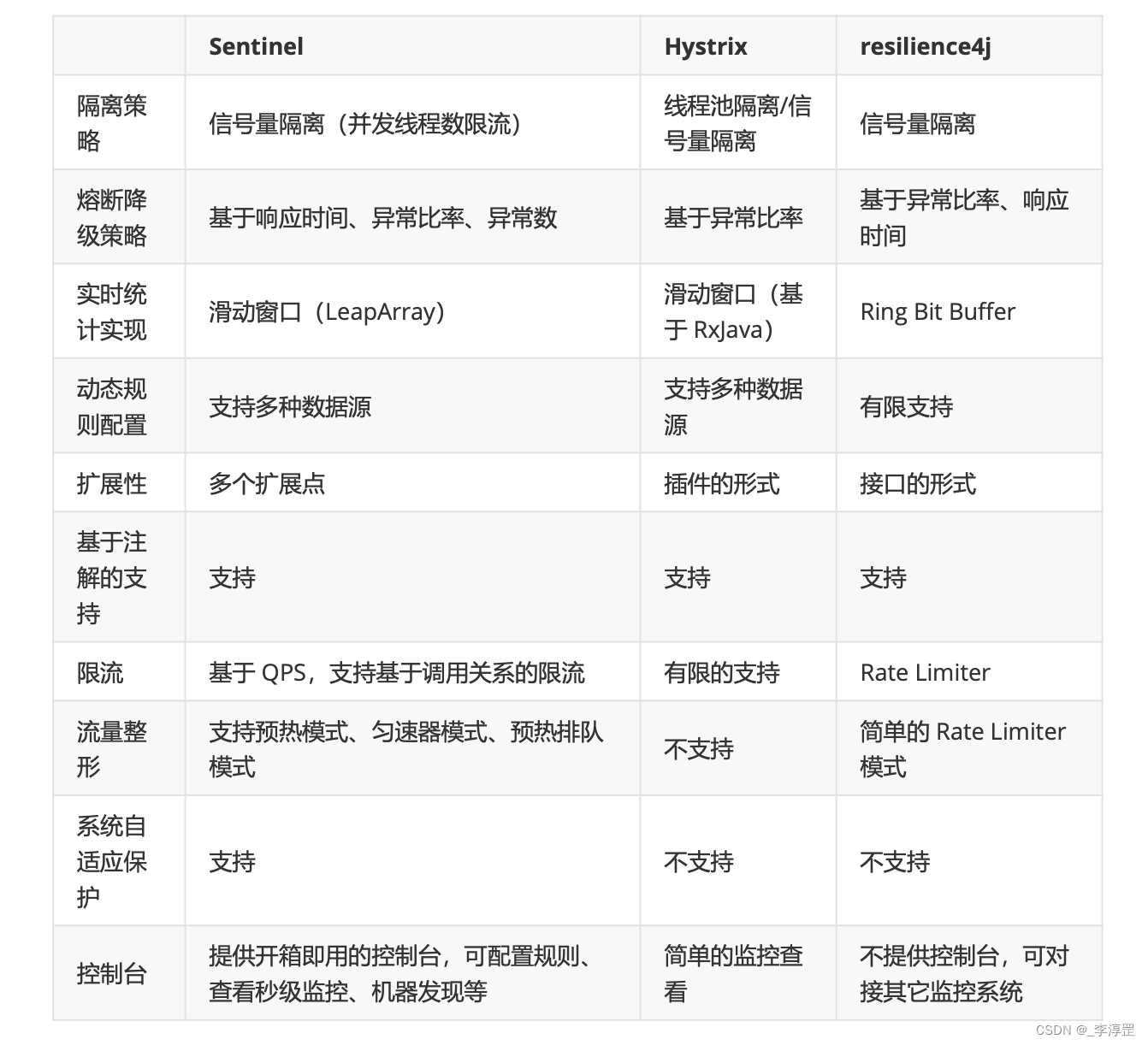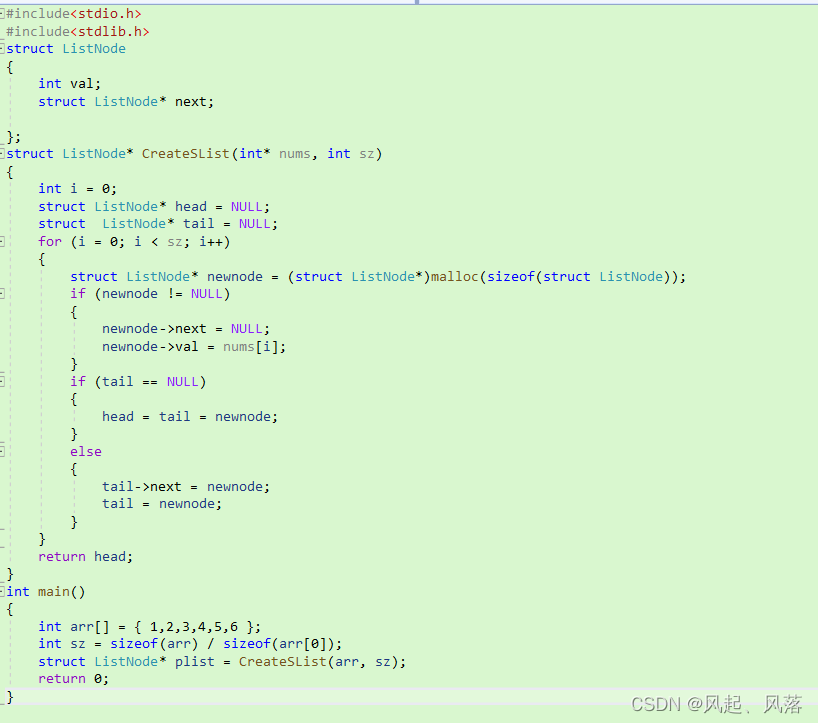matplotlib中的pyplot实用详解
- 示例1:使用axes确定子图的位置
- 相关函数详解
- 1、plt.subplot()
- 2、plt.subplots_adjust() 与 plt.axes()来控制子图的位置
示例1:使用axes确定子图的位置

import matplotlib.pyplot as plt
import numpy as np
# 固定随机种子
np.random.seed(0)
# 2行1列的子图1
plt.subplot(211)
plt.imshow(np.random.random((10, 10)))
# 2行1列的子图2
plt.subplot(212)
plt.imshow(np.random.random((10, 10)))
plt.subplots_adjust(left=0, bottom=0, right=1, top=1) #调整子图的位置
# [left, bottom, width, height]确定子图位置
cax = plt.axes([0.8, 0, 0.06, 1])
plt.colorbar(cax=cax)
plt.show()
相关函数详解
1、plt.subplot()
官网参考链接:matplotlib-pyplot-subplot
输入的参数有以下4种情况:
subplot(nrows, ncols, index, **kwargs)
subplot(pos, **kwargs)
subplot(**kwargs)
subplot(ax)
三个整数(nrows、ncols、index)。子图将占据nrows行和ncols列网格上的索引位置。索引从左上角的1开始,向右增加。index也可以是指定子时隙的(第一个,最后一个)索引(以1为基础,包括最后一个索引)的两元组,例如,fig.add_subplot(3,1,(1,2))构成了一个跨越图上部2/3的子时隙。

import matplotlib.pyplot as plt
import numpy as np
import matplotlib.transforms as mtransforms
# 固定随机种子
np.random.seed(0)
# 确定画布的大小
fig = plt.figure(figsize=(10,20))
# plt.subplot(421)等价于plt(4,2,1),即3行两列中的第一个子图
ax1 = plt.subplot(4, 2, 1, title="first subplot (4,2,1)")
plt.imshow(np.random.random((10, 10)))
# 这个子图没有边框
ax2 = plt.subplot(422, frame_on=False, title="no frame subplot")
plt.imshow(np.random.random((10, 10)))
# 极坐标子图
ax3 = plt.subplot(423, projection='polar', title="polar subplot")
xs = np.arange(7)
ys = xs**2
trans_offset = mtransforms.offset_copy(ax3.transData, fig=fig, y=5, units='dots')
'''
x, y : float, default: 0.0 -> x,y方向上偏移的距离.
'''
for x, y in zip(xs, ys):
plt.polar(x, y, 'ro')
plt.text(x, y, '%d, %d' % (int(x), int(y)),
transform=trans_offset,
horizontalalignment='center',
verticalalignment='bottom')
# 添加红色背景,因为和ax2共享x轴的比例
plt.subplot(424, sharex=ax2, facecolor='red', title="red facecolor subplot")
plt.imshow(np.random.random((10, 10)))
# (5,6)代表这个子图可以使用原本5,6这两个子图的空间,并于ax2共享比例,可以看到,比例是由最大的那个决定的
plt.subplot(4,2,(5, 6), sharex=ax2, title="corss (5,6) subplot")
plt.imshow(np.random.random((10, 28)))
# 刻度线
plt.subplot(4,2,7, title="about ticks change subplot 1")
plt.minorticks_on() #开启微小刻度线
plt.tick_params(which='major',width=4) #让主刻度线变粗
# 刻度线
plt.subplot(4,2,8, title="about ticks change subplot 2")
plt.minorticks_off()
plt.tick_params(top=True,bottom=False,left=False,right=False)
plt.tick_params(labeltop=True,labelleft=False,labelright=False,labelbottom=False)
plt.show()
2、plt.subplots_adjust() 与 plt.axes()来控制子图的位置
plt.subplots()能够自动确定子图的位置,但是不够灵活,而通过plt.subplots_adjust() 与 plt.axes()就可以实现子图任意位置的摆放。
假设我现在有如下长条状的图片imgs:

然后通过plt.subplots_adjust() 与 plt.axes()我可以让多张这样的图片根据我喜欢的位置进行排列。其用法如下:
plt.subplots_adjust():
Parameters:
left: float, optional
子图左边缘的位置,作为图形宽度的一部分。
right:float, optional
子图右边缘的位置,作为图形宽度的一部分。
bottom:float, optional
子图底边缘的位置,作为图形宽度的一部分。
top:float, optional
子图顶边缘的位置,作为图形宽度的一部分。
wspace:float, optional
子图之间的填充宽度,作为平均轴宽度的一部分。
hspace:float, optional
子图之间的填充高度,作为平均轴宽度的一部分。
plt.axes()
最主要的Parameters:
rect: [left, bottom, width, height] -> 分别代表子图的左下点位置,以及子图的宽、高。

# 添加一个覆盖整个窗口的子图,背景色为灰色
plt.axes(facecolor='grey')
# 取消标签
plt.tick_params(top=False,bottom=False,left=False,right=False)
plt.tick_params(labeltop=False,labelleft=False,labelright=False,labelbottom=False)
plt.subplots_adjust(left=0, bottom=0, right=1, top=1)
plt.axes([0, 0.9, 1, 0.15])
imshow(imgs)
plt.axes([0, 0.75, 1, 0.15])
imshow(imgs)
plt.axes([0, 0.6, 1, 0.15])
imshow(imgs)
plt.axes([0, 0.45, 1, 0.15])
imshow(imgs)
plt.show()
